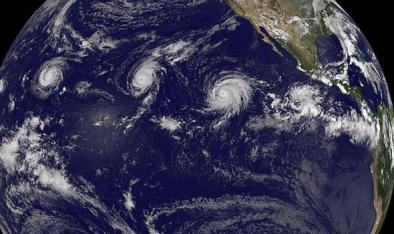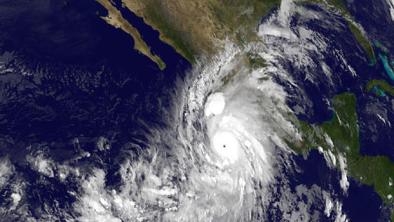Science Source
Extreme cyclone wave climate in the Southwest Pacific Ocean: Influence of the El Niño Southern Oscillation and projected climate change
- Describes the first use of a stochastic cyclone model (SCM) to quantify the extreme significant wave height from tropical cyclones across the Southwest Pacific Ocean
- Utilizes the SCM to quantify the effects of the El Niño-Southern Oscillation (ENSO) on extreme significant wave heights, and also the effects of projected climate change on cyclone intensity and frequency of occurrence
- Finds that cyclone formation and propagation eastward of the Dateline are more likely to occur during El Niño conditions, however these cyclones tended to be more intense, particularly during extreme El Niño events
- Finds a relatively subtle increase in extreme significant wave height when simulating for climate change cyclone intensity increases of 10–20% along with 10–20% reduction in number of cyclones
- Concludes that future changes in extreme wave climate will be sensitive to climate change influences on the frequency and intensity of El Niño-Southern Oscillation (ENSO) events
- Indicates that the frequency of extreme El Nino events might double in response to greenhouse warming
Related Content
Science Source
| National Bureau of Economic Research
The Casual Effect Of Environmental Catastrophe On Long-run economic Growth
Solomon M. Hsiang, Amir S. Jina
Science Source
| Nature
Coastal flooding by tropical cyclones and sea-level rise
Jonathan D. Woodruff, Jennifer L. Irish, Suzana J. Camargo
Headline

Jun 6, 2016 | Washington Post
In new record, three Category 4 hurricanes spin simultaneously in northeast Pacific
Headline

Jun 6, 2016 | Mashable
Hurricane Patricia, strongest hurricane ever seen, heads toward Mexico


